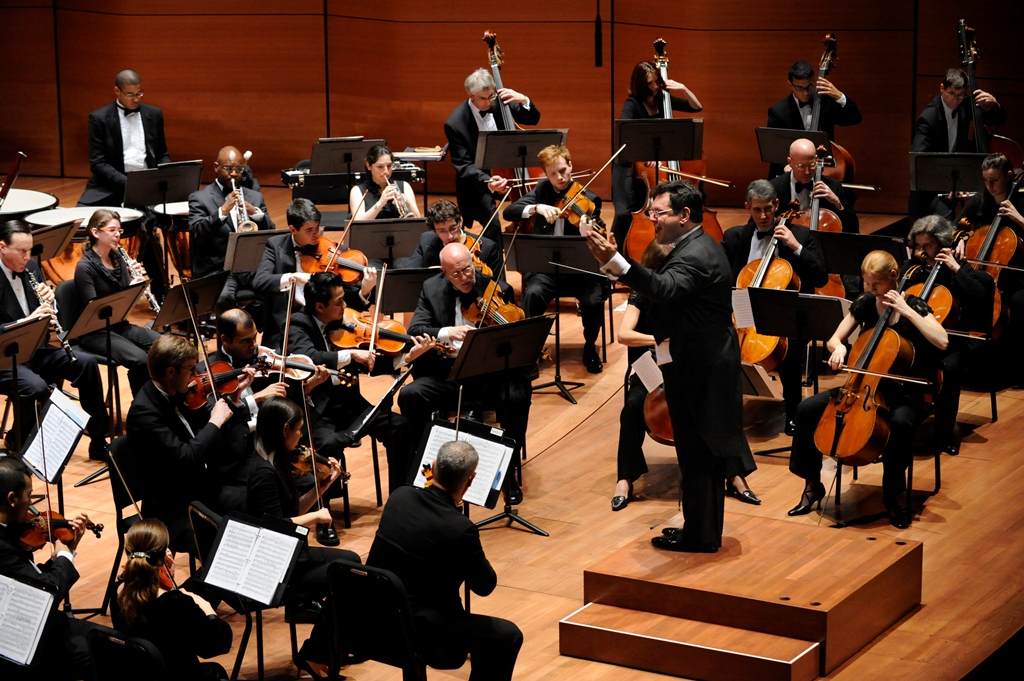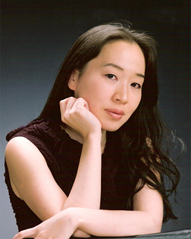 In a concert sponsored by the Musicians Club of New York, the 2009 first place winner of the prestigious Olga Koussevitzky Young Artists Awards, trumpeter Alexander White, performed at beautiful Steinway Hall in New York City. This was the first time a trumpet player was awarded a prize in the competition’s winds and brass division, where flutists or clarinetists usually get the honor.
In a concert sponsored by the Musicians Club of New York, the 2009 first place winner of the prestigious Olga Koussevitzky Young Artists Awards, trumpeter Alexander White, performed at beautiful Steinway Hall in New York City. This was the first time a trumpet player was awarded a prize in the competition’s winds and brass division, where flutists or clarinetists usually get the honor.
Mr. White is not new to placing in competitions, as he was a two-time finalist in the National Trumpet Competition and won the International Trumpet Guild Solo Competition, Metropolitan Washington Philharmonic’s Winds Competition and the City of Fairfax Band Competition. He has performed as soloist with the American Youth Philharmonic, the Metropolitan Washington Philharmonic and the Brooklyn Symphony Orchestra. He is finishing his Masters Degree at Juilliard as a student of Mark Gould.
There was a good balance of styles in his program, and he also brought variety via distinguished performers, including another trumpet player, Caleb Hudson, and cellist Joe Lee for a performance of Handel’s Ode from Eternal Source of Light Divine. Hudson made an impressive partner in his brief appearance, almost stealing the show with a pure, golden high register. Here and in other works, White showed why he won such a high honor from the Olga Koussevitzky, but also showed why trumpet players don’t often tackle long programs: their lips simply give out after extensive playing. But even at the program’s outset (Bartok’s Romanian Folk Dances), he displayed a fair amount of cracks or the occasional wrong note—perhaps due to some nerves or having an off-day, which brass players tend to have.
In general, Alexander White showed the type of technical brilliance that would warrant any brass and wind jury’s special attention. In both Bellstedt’s Napoli and in Arban’s Fantasie Brillante, his double-tonguing and rapid finger-work were very impressive, and in Handel/Fitzgerald’s Aria con Variazioni from the 5th Harpsichord Suite, scales and flourishes were played with both ease and elegance. Accomplished pianist Stephanie Wu, (also a Juilliard Masters student), was a solid accompanist throughout, as the ensemble-playing was consistently unified.






 Victor Goldberg is an excellent pianist with a formidable technique, a powerful tone, and a romantic soul (and a distracting habit of tossing his hands way up). Russian-born, he has studied, performed and won competitions in Europe, Israel and America, and is the recipient of the 2008 Pro Musicis International Award.
Victor Goldberg is an excellent pianist with a formidable technique, a powerful tone, and a romantic soul (and a distracting habit of tossing his hands way up). Russian-born, he has studied, performed and won competitions in Europe, Israel and America, and is the recipient of the 2008 Pro Musicis International Award.